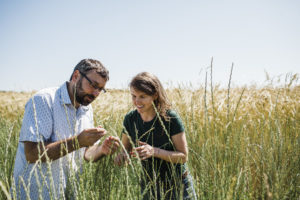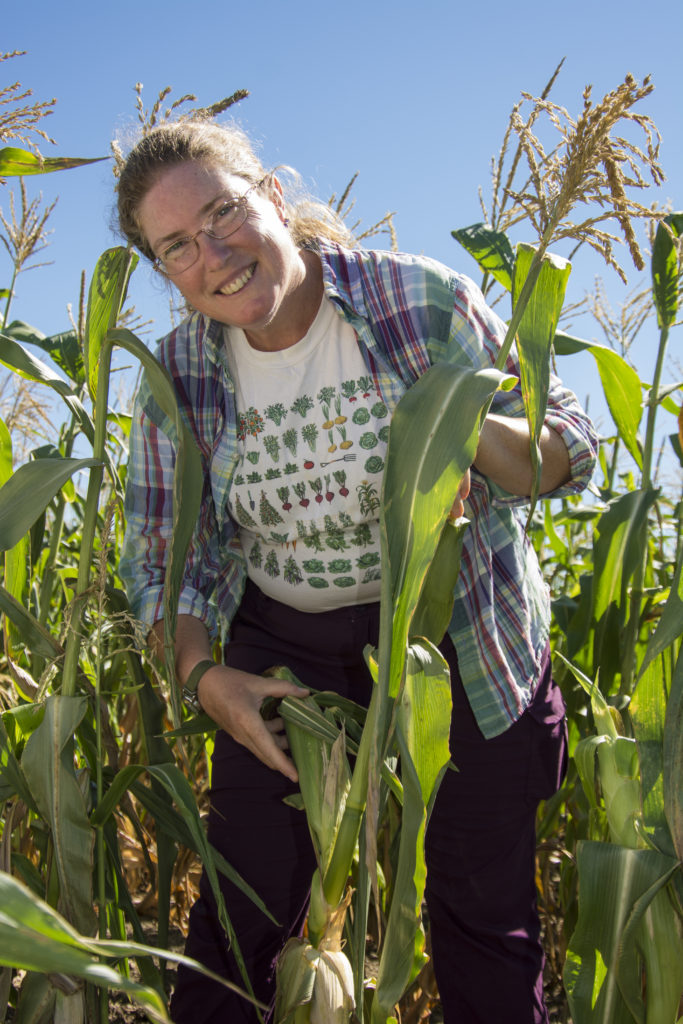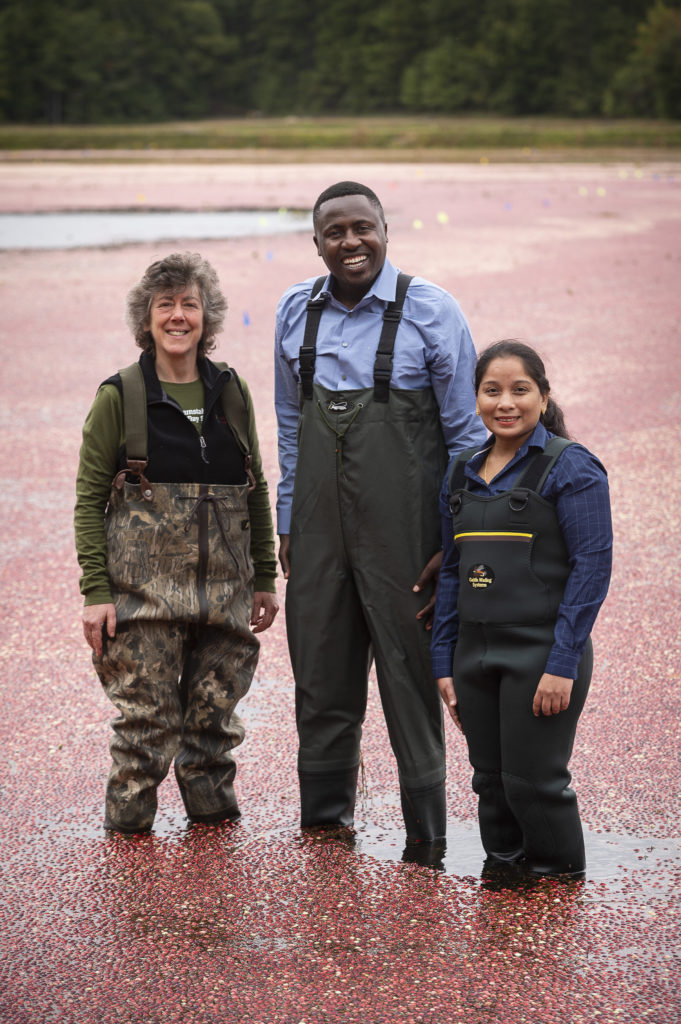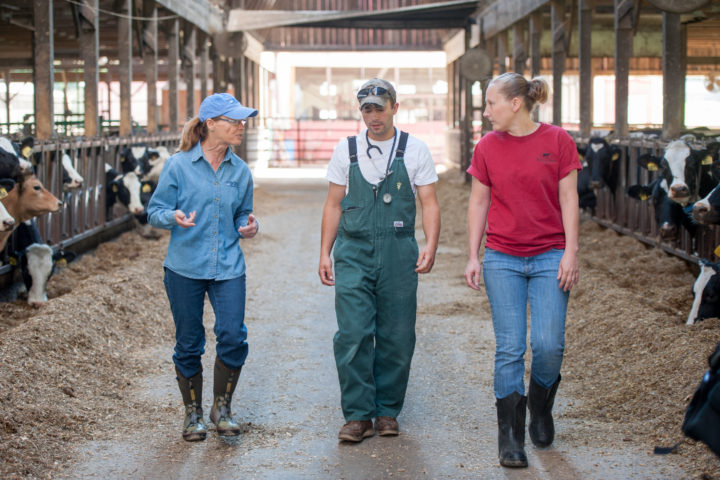The cooperative funding model
Cooperative Extension is “cooperative” because its funding model is based on a $1 to $1 match between federal and non-federal dollars. Every federal dollar invested in the system is matched by state, county, local, and/or industry funding to ensure that tax payer investment is leveraged for the greatest possible local good. Impacts of that investment are reported back to federal funding agency, usually USDA National Institute of Food and Agriculture (USDA NIFA), on an annual basis. You can learn more about NIFA at the bottom of the page.
There are two major categories of federal funding: capacity and competitive.
Capacity Funding

Capacity funds for Cooperative Extension are appropriated annually by Congress primarily through the “Smith Lever” and “1890s Extension” lines of the U.S. Department of Agriculture (USDA) budget. They are administered by the National Institute for Food and Agriculture (NIFA). Scroll down for more information about NIFA and partnership opportunities.
Capacity funds are the backbone of the Cooperative Extension System. These dollars are needed to run programs (nutrition education, master gardener, 4-H youth development and more) and ensure adequate staff are on the ground to listen to communities and meet them where they are. Critically, these funds, which are not tied to a particular subject area, also provide the necessary flexibility for Extension to respond quickly to extreme or sudden issues that fall outside of standard programs – for example, responding to a flood, a drought, the opioid epidemic, a hurricane, or an invasion of harmful pests.
Capacity funding is critical but sadly has not increased past inflation for the past several years, severely limiting the ability of your state’s Extension System to meet your community’s most pressing needs.
Competitive Funding

Competitive funds are often topic specific grants. This money often comes to Extension, and many other groups, through the USDA but can also be directed toward Extension from any other Department or Agency. These dollars are awarded through a competitive application process.
A key USDA competitive grant program is the Agriculture Food Research Initiative (AFRI). Many projects funded through AFRI, and other grant programs, require coordination between the applying state’s Agricultural Experiment Station and Cooperative Extension Service. This relationship wherein
- local needs are identified by Extension;
- those needs are used to inform research based solutions; and
- solutions, tools, programs, and aid are delivered back to communities by Extension.
Interested in supporting continued federal funding for Cooperative Extension? Call your congressional representatives in the House of Representatives and Senate today!



From left to right: Photos courtesy of URI Cooperative Extension, UMass Extension: photog Ben Barnhart, UMaine Extension: photog Remsberg, UNH Extension
Federal Partnership
USDA National Institute of Food and Agriculture: Extension’s primary federal partner
As Cooperative Extension’s primary federal partner, NIFA “develops methods to address national priorities, funds and awards grants, and provides program leadership”. The agency supports Land Grant Universities and local Cooperative Extension offices to bring science directly to the state, county, and regional level.
MISSION
“Invest in and advance agricultural research, education, and extension to solve societal challenges. “
VISION
“Catalyze transformative discoveries, education, and engagement to address agricultural challenges.”
GOALS
NIFA’s goals include advancement and application of science and technological tools in order to:
- Achieve global food security and fight hunger
- Mitigate climate change impacts on agricultural, forest, and rangeland systems
- Improve and increase the production of goods and services from working lands while protecting the nation’s natural resource base and environment
- Contribute to the nation’s energy independence through sustainable production of bioenergy and bio‐based industrial products
- Combat childhood obesity by ensuring the availability of affordable, nutritious, and safe food and providing individuals and families science‐based nutritional guidance
- Ensure the development of human capital, communities, and a diverse workforce
Learn more about the NIFA and the Agency’s relationship to Cooperative Extension through the agency’s website
NIFA has an exceptional staff of dedicated professionals. You can find the right contact person for your question by exploring staff listings by Institute or Program Area,

